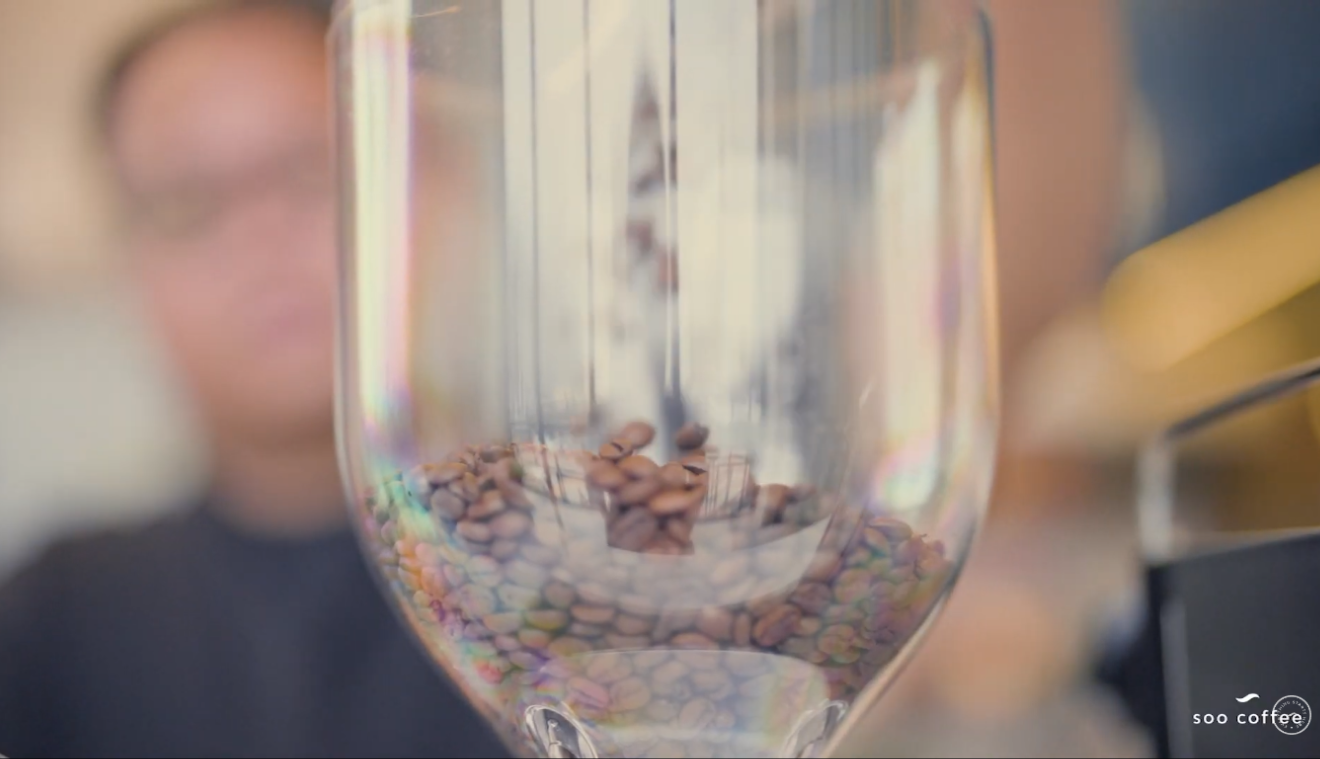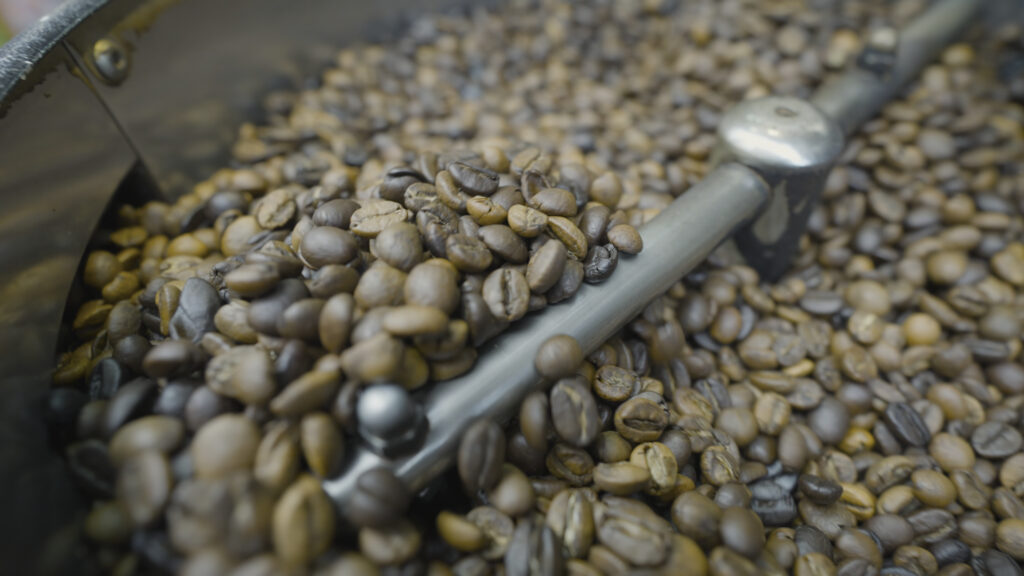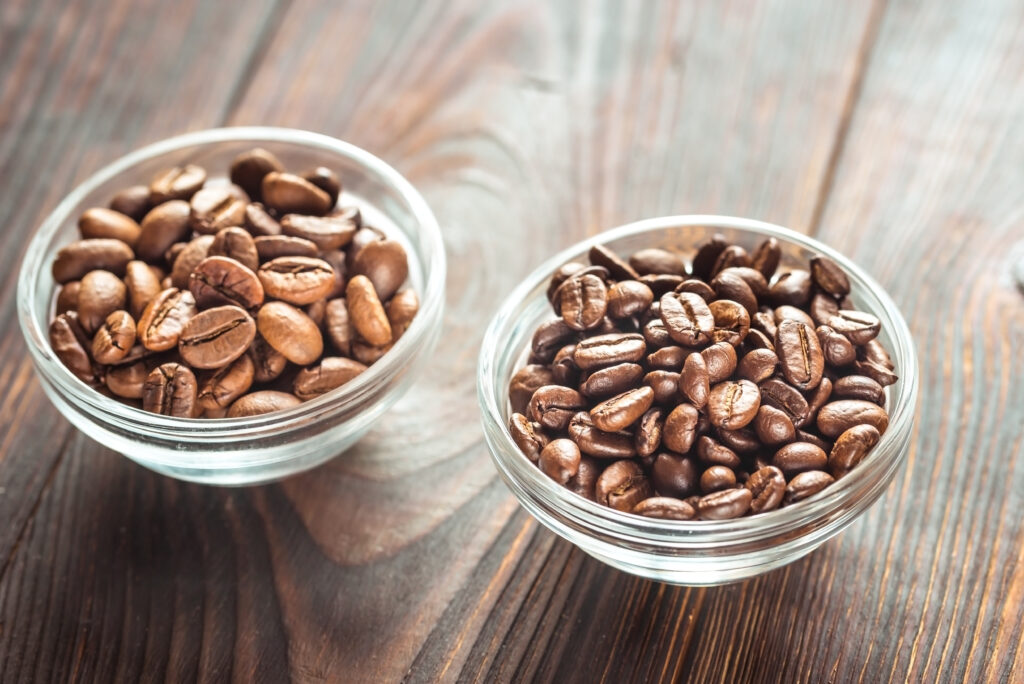The Ultimate Guide to Different Types of Coffee Drinks: Master the Popular and Niche Types in 10 Minutes

Coffee is one of the world’s most beloved beverages, brewed and enjoyed in endless ways. But between all the espresso drinks, cold brews, coffee cocktails and more, it can get overwhelming trying to navigate the wide world of coffee.
In this guide, we’ll break down the most popular types of coffee drinks and key differences between brew methods. Whether you’re a coffee connoisseur or just looking to order your morning joe like a pro, read on for an in-depth look into the diverse options for enjoying and exploring different types of coffee.
Why So Many Ways to Make Coffee?

With thousands of ways to prepare coffee around the globe, you may wonder why there are so many brew methods and drink types of coffee that cafes and baristas do. Here’s a quick look at some of the main factors:
- Different methods highlight certain flavors and characteristics of the beans. An espresso brings out sweeter notes versus a French press.
- Adding milk, water, ice or other ingredients like chocolate transforms the base coffee into an endless array of drinks.
- Cultural preferences shaped signature brew methods in different regions, like Turkish coffee in the Middle East.
- Innovations in equipment and technology expanded possibilities for experimenting. Take cold brew coffee for example.
The range of drinks reflects both coffee’s versatility as well as the diverse tastes and rituals surrounding it worldwide. So don’t be afraid to try that iced orange mocha or Spanish latte!
Types of Coffee Brewing Methods
There are several main methods used to brew coffee, each with its pour-over own equipment, technique, and distinctive characteristics:
Drip
Drip coffee is made by pouring hot water over ground coffee beans held in a filter. The filter sits over a carafe or pot. Pour-over and automatic drip machines are common.
Drip aims for optimal extraction by wetting all the grounds evenly and using the right water temperature. It results in a clear, balanced, smooth coffee. Flow rate and grind size impact flavor.
Espresso
Espresso uses an espresso machine to force a small amount of nearly boiling water under high pressure through very finely ground coffee. The key components are quality coffee beans, grind size, and water pressure.
Espresso results in a thick, concentrated coffee with a creamy foam layer. The high pressure extracts the bean’s oils and soluble solids rapidly to give espresso its intense flavor.
French Press
French press coffee calls for coarse ground beans to be steeped in hot water for several minutes before pressing the plunger to separate the grounds. No filter is used.
The full immersion brewing results in a tea-like coffee with every aromatic oil and soluble element extracted. It has a rich body and sediment at the bottom.
Pour Over
The pour over method involves carefully pouring a circular motion of hot water over coffee grounds held in a filter above a carafe. Time, temperature and pour technique are controlled.
This produces a clean, bright, flavorful coffee. The hand pouring and flat filter bed optimizes extraction. The flatter the bed, the more even the extraction.
Cold Brew
Cold brew coffee steeps coarse ground beans in cold or room temperature water for 12 hours or longer. No heat is used. The grounds are filtered out before drinking.
Cold brewing results in lower acidity and a smoother taste by only extracting soluble compounds, not bitter oils. Immersion time determines strength.
Percolator
A percolator continuously cycles boiling water through coffee grounds held in a metal basket. Water evaporates and percolates through the grounds again.
Repeated exposure to high heat can over-extract coffee made oils and compounds, resulting in a bitter, aromatic coffee. The percolation does produce a strong coffee.
Turkish
Turkish coffee starts with beans ground super fine using a mortar and pestle. The grounds are boiled with water and sometimes sugar until a thick foam rises. The foam on top is part of the experience.
The ultra-fine grind combined with boiling dissolves almost all the coffee solids, creating an intense dark coffee with sediment at the bottom.
The method affects characteristics like body, clarity, complexity and strength. Espresso and Turkish coffee produce a thick, intense brew while cold brew is smooth and mild.
Different Types of Coffee Drinks
Let’s explore some of the most common types of coffee you’ll find at cafes or can make at home:
Drip Coffee
The classic way to enjoy coffee, drip coffee is made by pouring hot water over ground coffee in a filter. Flow rate, water temperature and grind size impacts flavor. Black coffee is drip coffee served straight.
Espresso
Espresso is concentrated coffee brewed by forcing steam through finely ground beans. The key is an espresso machine, which allows hot water to flow through the coffee puck under pressure. Shots can be added to drinks.
Lattes
A latte combines shots of espresso with steamed milk and milk foam. Flavors like vanilla or caramel can be added, along with artistic latte art on top. Cappuccinos are similar but use more foam.
Americano
An Americano consists of espresso shots diluted with hot water for a less intense flavor. The drink was created by American GIs in Italy who found espresso too strong.
Macchiato
A macchiato features espresso with just a dollop of foamed milk or milk foam. The milk “marks” or “spots” the espresso base. Compared to a latte it contains more coffee flavor.
Mocha
Chocolate lovers will enjoy a mocha. It’s made by combining chocolate syrup or powder with espresso and steamed milk for a creamy, chocolatey caffeine kick.
Irish Coffee
This cocktail-inspired drink brings together coffee, Irish whiskey, sugar and whipped cream. The coffee and whiskey pair beautifully for a warm sipping treat.
Iced Coffee
Any hot coffee can be transformed into iced coffee by pouring it over ice or brewing the coffee cold. Popular cold options are iced americanos, lattes, mochas and cold brew.
Cold Brew
One of the smoothest cold coffee styles, cold brew is made by steeping coffee grounds in cool water for an extended time. The low temperature reduces acidity and bitterness.
Freeze-Dried Coffee
Instant coffee crystals made from freeze-dried brewed coffee dissolve quickly in water for a convenient cup of joe. Invented in the early 1900s, instant coffee took off when the military used it during World War II.
Niche Types of Coffees
Beyond the common coffee, there are a few specialty niche coffees worth knowing. Who knows? You might find your best coffee in this list:
Affogato
It involves scooping a serving of gelato or ice cream into a cup or bowl and then pouring a shot of espresso over it. The shot of espresso melts the gelato or ice cream slightly, creating a delicious blend of cold and hot flavors.
Café Bombón
It is a variation of the traditional espresso coffee where sweetened condensed milk is added to the espresso shot. This results in a creamy and indulgent coffee with a touch of sweetness. It is commonly enjoyed as a morning or afternoon treat and both popular in Spain and Portugal.
Yuanyang
Originating from Hong Kong and is a unique blend of coffee and black tea, typically served with condensed milk. It provides a harmonious combination of the bold flavors of coffee and the aromatic qualities of tea, making it a popular choice among locals and tourists alike.
Café Touba
Coffee of Senegal that mixes strong brewed coffee with grains of Selim spice. It tastes spicy and gives you a slow burn in your system.
Eiskaffee
Eiskaffee is a popular German beverage that consists of chilled or iced coffee served with a generous scoop of vanilla ice cream. It is a refreshing and indulgent drink, especially popular during the summer months.
Frappé
It is made by combining instant coffee, sugar, and water in a shaker or blender. The mixture is vigorously shaken or blended until it becomes thick and frothy. The foam is then poured into a glass and topped with ice cubes and cold water.
Specialty and Commercialized Coffee

In addition to different brew methods, coffee can also be divided into specialty grade or commercial/commodity grade:
Specialty coffee
Comes from traceable, lower-grade beans expertly roasted to highlight complex flavors. Attention is paid to growing, harvesting and roasting. Read more about coffee grading in this link.
Commercial coffee
Uses lower grade beans blended from various high-quality sources. It focuses on mass production and uniformity rather than flavor nuances.
While commercial coffee dominates the market, specialty coffee has been rapidly growing. Specialty cafes focus on sourcing ethical, flavorful beans and achieving the perfect roast for an elevated coffee experience.
Types of Coffee Beans: Arabica and Robusta

The two main species used for coffee beans are Coffea Arabica and Coffea Robusta:
- Arabica coffee beans have a sweeter, more complex flavor profile suited to specialty coffee. They make up about 60% of global coffee production.
- Robusta coffee beans contain more caffeine and have a grain-like, bitter taste. The sturdier plants are cheaper to grow, making robusta popular for commercial coffee.
Arabica’s delicate flavor reveals more variation between origins and preparation methods. Connoisseurs prefer Arabica for drinking straight as black coffee or espresso. Robusta is often used in darker roasts and instant coffee.
Tips for Choosing Your Coffee Drink
With so many distinct types of coffee drinks, deciding what to order or make can get confusing. Here are some tips to guide your choices regardless if it’s popular coffee drinks or niche brews:
- Choose espresso-based drinks like lattes and americanos for bolder coffee flavor and a caffeine kick.
- Go with cold brew or iced coffee if you prefer low acidity and a refreshing chilled drink.
- Add milk, foam or flavorings to complement the coffee without overpowering it.
- Enjoy black drip coffee or French press to appreciate the subtleties of bean origin and roasting.
- Drink sweeter mochas and frozen blended coffees for a dessert-like coffee experience.
- Match the preparation method to the type of coffee beans for the optimal flavor.
Don’t be afraid to try new drinks and types of coffee brewing techniques to find your perfect cup of coffee. With so many styles to explore, let your taste buds lead the journey into the wide world of coffee.
Key Takeaways on the Different Types of Coffee
- Popular hot coffee drinks include drip, espresso, lattes, americanos, mochas, and more.
- Iced coffee, cold brew, and freeze-dried instant are common cold/frozen coffee options.
- Adding milk, water, ice or mixing with ingredients like chocolate transforms the base coffee.
- Different types of coffee brewing methods like espresso, drip, French press, etc. produce varied flavors from the beans.
- Many cultural, technological and taste preferences contributed to the array of coffee drinks worldwide.
- Choose coffee drinks based on your preferred flavor strength, ingredients, and hot or cold style.

So try out an authentic Italian-style cappuccino, cold brew on a hot day, or experiment with latte art to become a coffee connoisseur. The possibilities for sipping and savoring coffee are endless!
Head to our menu here to check out our different types of coffee.






